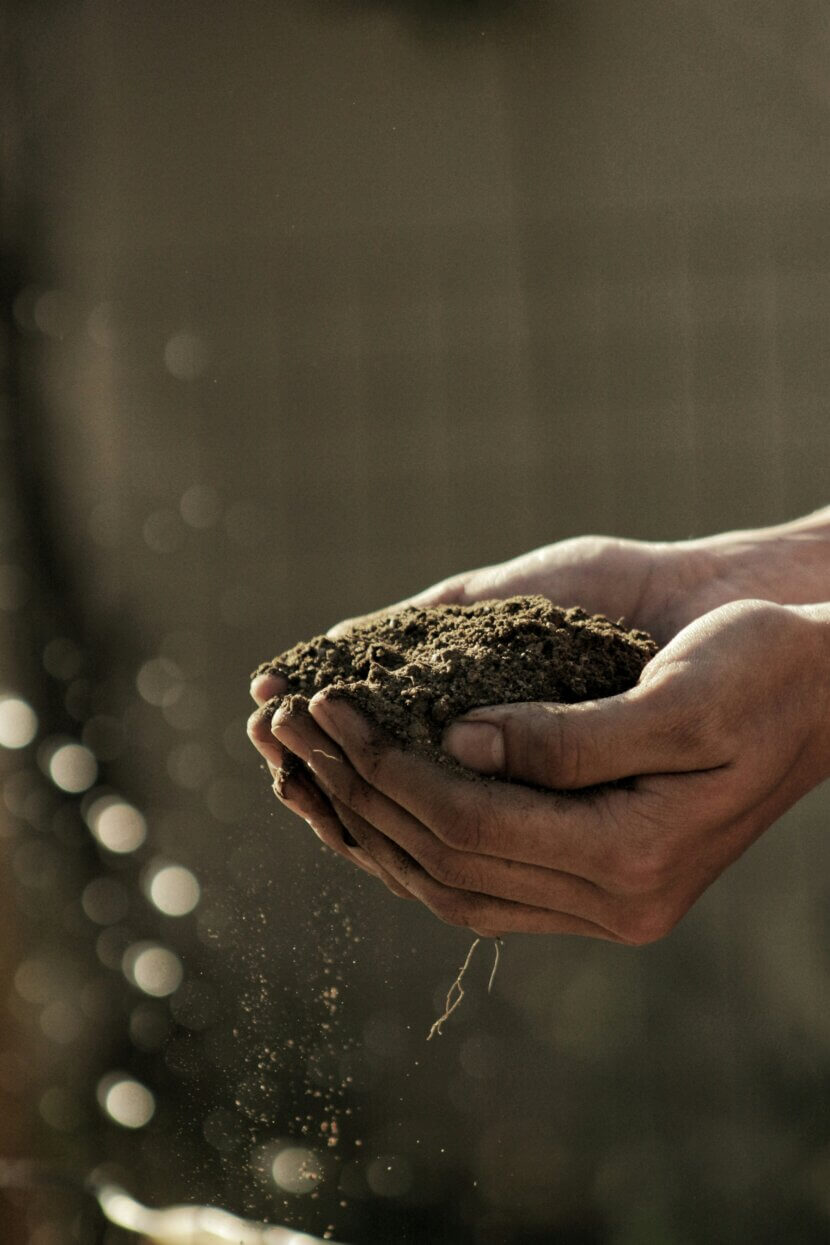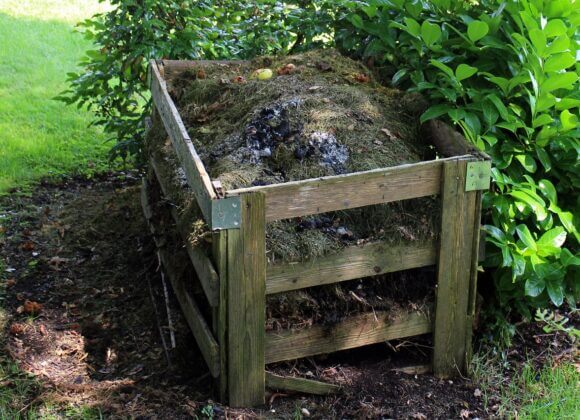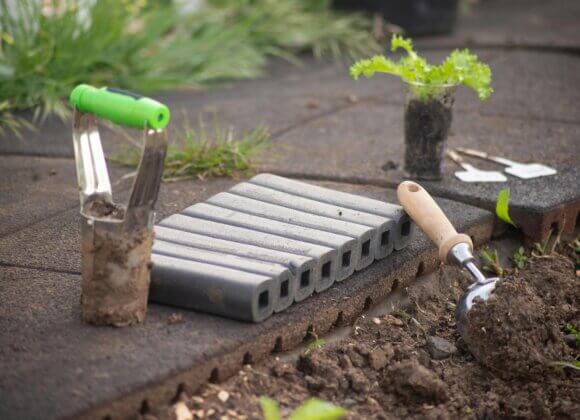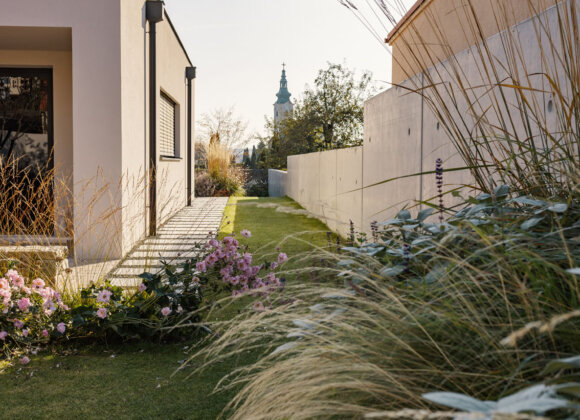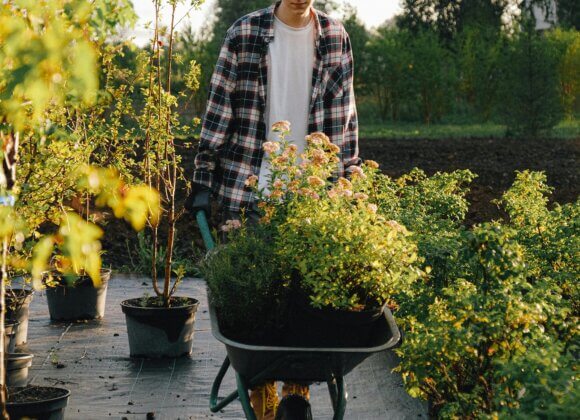Why we should lay the foundations for a rich harvest in our gardens now: With compost, green manure and regional knowledge into the next season.
Passionate gardeners know this: Fertile soil is at the heart of every successful season. Especially in the run-up to spring 2026, it is worth strengthening the soil now with compost and green manure. Both methods not only improve the soil structure, but also ensure long-term yields.
Compost: gold of the garden
Compost is rightly considered the “gold of the garden”. Mixing kitchen and garden waste creates a nutrient-rich humus that loosens the soil and activates microorganisms. In Austria, an average of 40 to 60 kilograms of organic waste is produced per household every year – valuable material that becomes a natural resource in the garden.
Advantages of compost:
- improved soil structure
- Water storage capacity
- natural nutrient supply
- Less waste
Green manure: Green power for the soil
In addition to compost, green manure plays a central role. Plants such as phacelia, yellow mustard or clover are specifically cultivated and later worked into the soil. The roots loosen the soil, bind nutrients and encourage earthworms. Especially in the Austrian climate with its different regions – from the dry Pannonian regions to the humid Alpine foothills – green manure is an effective tool for making the soil fit for spring.
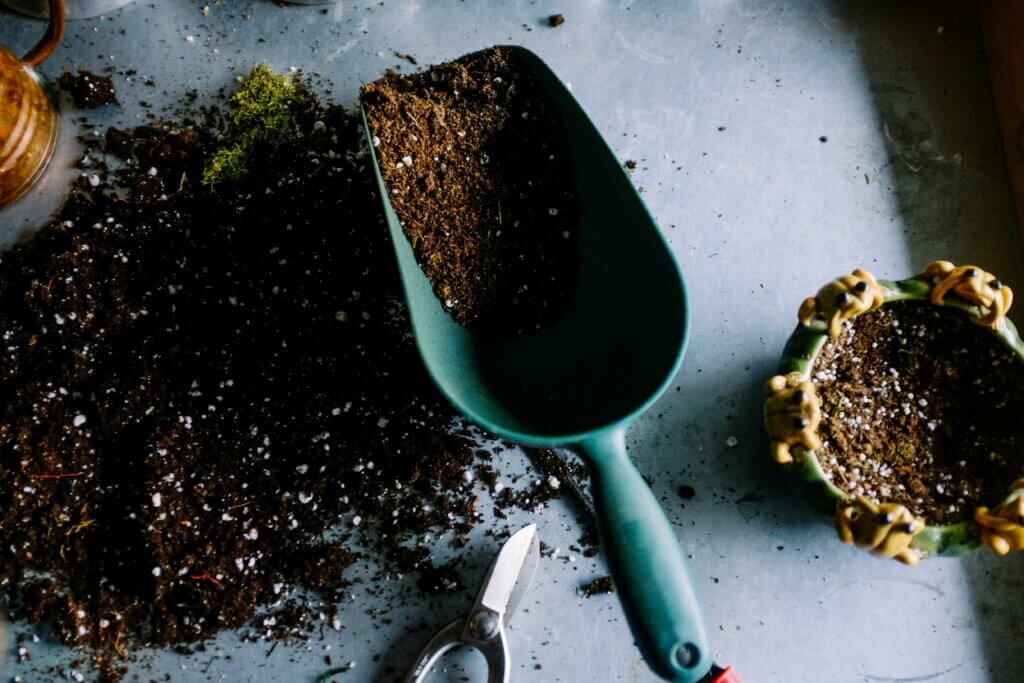
Austrian tradition and modern knowledge
References to green manuring can already be found in the farmers’ calendars of the 19th century. Today, organic farms from Vorarlberg to Burgenland are increasingly using this method again. According to Statistics Austria, over 20 percent of arable land is already planted with catch crops – and the trend is rising. Many hobby gardeners are also returning to traditional methods to replace chemical fertilizers.
Spring 2026: Why now is the right time
If you want to plant healthy young plants in spring 2026, you need to lay the foundations in the fall and winter of 2025. Green manure plants should be sown in good time so that they develop sufficient biomass. At the same time, compost that has matured over the winter can be worked into the soil in time for sowing. This combination ensures loose, nutrient-rich soil – and makes beds more resistant to drought and pests.
Practical tips for hobby gardeners
- Create compost: Mix kitchen waste (excluding meat and dairy products) with garden waste, turn regularly and keep moist.
- Choose green manure: Phacelia is particularly suitable in cool regions, while mustard and oil radish are ideal ground covers in eastern Austria.
- Observe timing: Sow in the fall, incorporate at the latest before spring sowing.
- Think regionally: source seeds and compost material from the region wherever possible to avoid transportation routes.
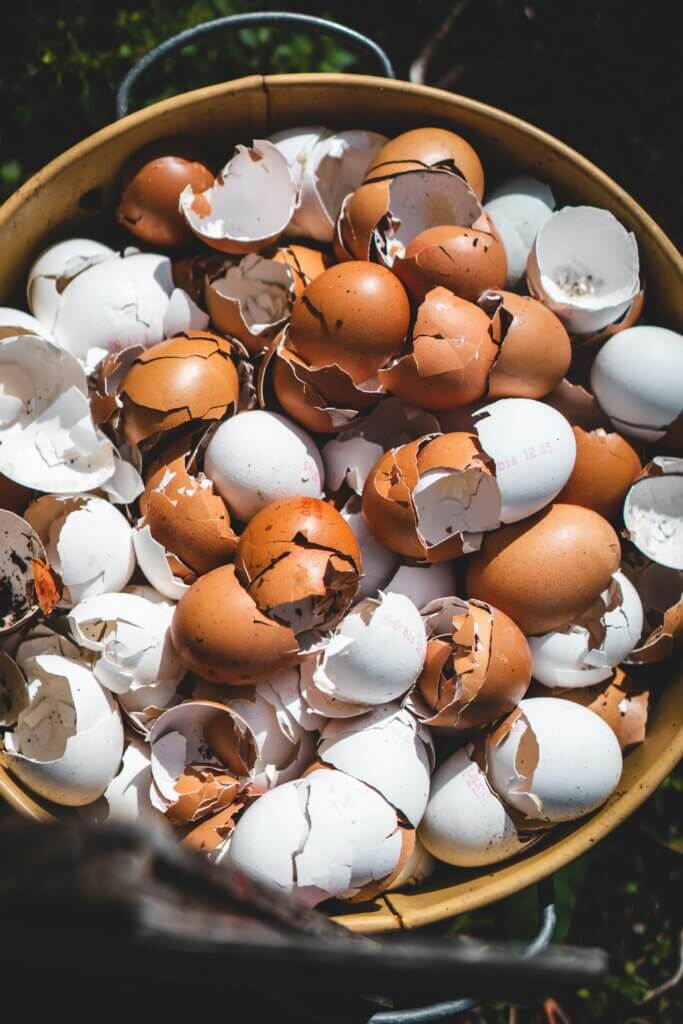
Sustainability with tradition
Compost and green manure are not new trends, but methods that have been tried and tested for centuries. Especially in times of climate change and rising food prices, many Austrians are rediscovering these practices. The advantage: they combine ecological sustainability with tangible enjoyment – because healthy soil means better harvests.
Fit for the gardening year 2026
Whether in the vegetable garden, in raised beds or on agricultural land: If you use compost and green manure now, you are investing in the future. Your soil will thank you with stability, fertility and diversity.
Related posts:


